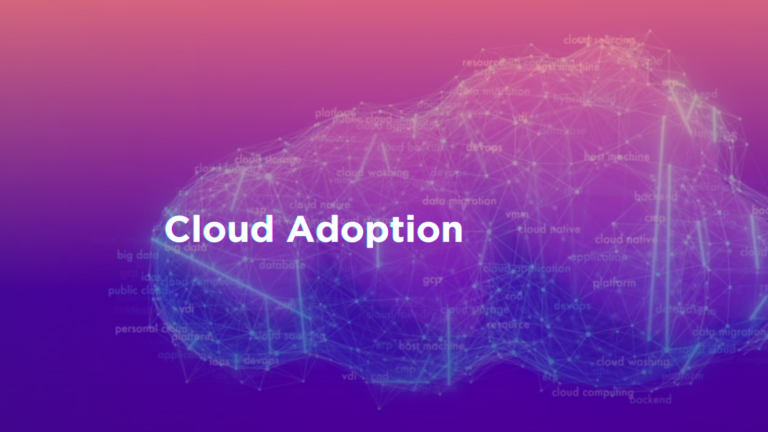In this article, we look at why companies in the Financial Sector should choose a cloud provider as soon as possible, and the benefits they can expect after moving to the cloud.
Certain industries have been slower than others to adopt the cloud. Banking, in particular, has been slow to move to the cloud due to security and regulatory concerns. But with the rise of fintech and COVID-19, this path to the cloud is finally accelerating. The New York Times reports that Wells Fargo, Morgan Stanley, and Capital One are transitioning to cloud-based services and, according to The Wall Street Journal, NASDAQ plans to move its 25 markets to the Amazon Web Services cloud. . Goldman Sachs is also collaborating with Amazon Web Services to launch Goldman Sachs Financial Cloud for Data.
In a report on the main technologies influencing the future of the financial industry, McKinsey shares research indicating that by 2030, cloud computing will account for more than $1 trillion in earnings (before interest, taxes, depreciation, and amortization) at the world’s top 500 companies. Research and Markets predicts the global cloud computing market will reach $947.3 billion by 2026, CAGR of 16.3%.
The Economist Intelligence Unit, a Swiss software company, surveyed IT executives in the banking sector and obtained the following data:
- 72% of respondents reported that implementing cloud computing would help “achieve their business priorities.”
- 43% cited cost as a driving factor for cloud adoption.
- 40% believed that cloud computing would improve “agility, elasticity, and scalability.”
- 21% considered better customer service to be a driver of cloud computing.
Andrew Reeves, head of cloud at Temenos, said in the report that he believes COVID-19 is at least partly responsible for fintech’s sudden shift to the cloud: “The pandemic has lit a fuse in cloud adoption with banks having to deliver and scale digital services, quickly. However, the cloud is also a prerequisite for success in the world of open banking and banking as a service. “These are megatrends, driven and enabled by the cloud, that are shaping the future of banking.”
Cloud Computing Benefits
- Improved security measures : Security might have been a primary concern when implementing cloud computing in financial institutions, but the truth is that cloud infrastructures are extremely well-protected thanks to advances in data encryption and security measures. zero-trust. With solutions such as DevSecOps, which internalizes the security culture in the software development and delivery process. Safety is another aspect, as well as quality, change control.”
- Better data management: One of the main advantages of cloud computing is the ability to securely store large volumes of data and make that data instantly accessible. According to Forbes, “That means there’s no need to wait for an IT specialist to clock in to access vital information, as long as the employee has the correct credentials. This can be done from anywhere at any time and automatically.”
- Lower costs : McKinsey reports that cloud computing can “increase infrastructure cost efficiency by 29 percent; and reduce downtime of migrated applications by ~57%, reducing costs associated with technical breaches by 26%.”
- Innovative services: With the rise of contactless service in the wake of COVID-19, fintech and Banking-as-a-Service are not only valued by customers but have become expected. Financial institutions with cloud infrastructure are better prepared to innovate and iterate as financial services continue to become more personalized and digitized. The cloud is generating new formats, such as open banking and banking as a service, disrupting the old relationship between customers and financial service providers.






